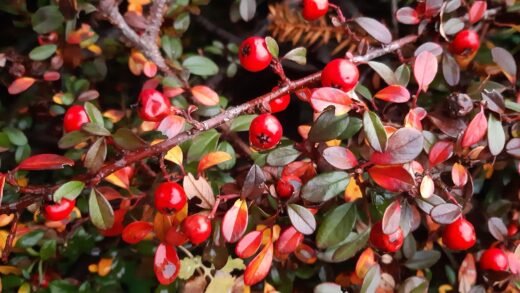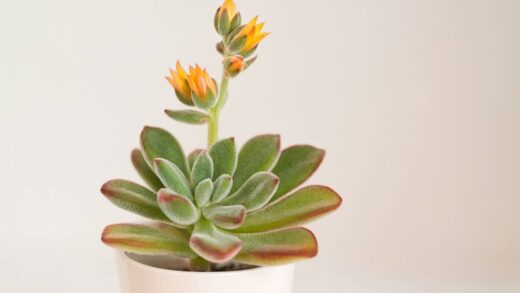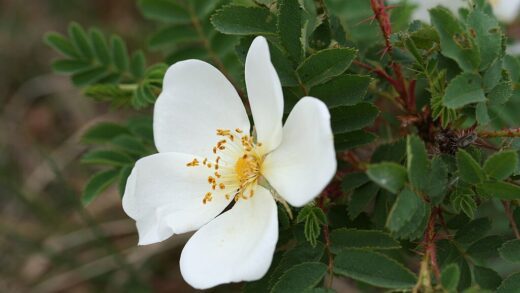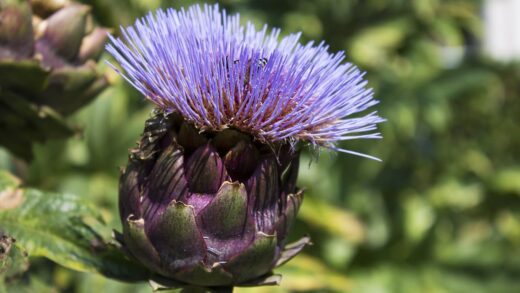Sunlight is the fundamental source of energy for dahlias, driving the process of photosynthesis that fuels their growth and enables their spectacular floral displays. To truly thrive and produce an abundance of large, vibrant blooms, dahlias require a generous amount of direct sunlight each day. Originating from the sunny, high-altitude regions of Mexico, these plants are genetically programmed to flourish in bright conditions. Providing them with an optimal amount of light is one of the most critical factors in their cultivation, directly influencing everything from the strength of their stems to the quantity and quality of their flowers.
The general rule for dahlias is that they need a minimum of six to eight hours of direct sunlight per day. A location in the garden that receives full sun, particularly morning sun, is ideal. Morning sunlight is intense enough to fuel growth but is generally less harsh than the strong afternoon sun, which can sometimes cause stress to the plants in very hot climates. In such regions, a location that offers some light, dappled shade during the hottest part of the afternoon can actually be beneficial, helping to prevent the flowers from fading and the foliage from scorching.
When dahlias are grown in insufficient light, they exhibit a range of undesirable characteristics. The most noticeable symptom is weak, leggy growth. The plant will stretch and elongate its stems as it reaches for the light, resulting in a tall, spindly plant that is structurally weak and unable to support the weight of its flowers. This condition, known as etiolation, also leads to sparse foliage and an overall unhealthy appearance. These weakened stems are much more susceptible to breaking in the wind or rain.
Furthermore, a lack of adequate sunlight will have a significant negative impact on flowering. A dahlia grown in a shady location may produce very few flower buds, if any at all. The energy derived from sunlight is essential for the plant to initiate and develop blooms. Any flowers that are produced in low-light conditions are likely to be smaller, less vibrant in color, and may have weaker stems. To get the classic, show-stopping performance that dahlias are known for, maximizing their exposure to sunlight is absolutely essential.
The importance of full sun
Full sun is defined as an area that receives six or more hours of direct, unfiltered sunlight per day, and this is the gold standard for dahlia cultivation. When planted in such a location, dahlias are able to photosynthesize at their maximum capacity. This process converts light energy into chemical energy, which the plant uses to build strong stems, develop a robust root system, and produce the large, intricate flowers that are their hallmark. The intensity of the flower color is also directly linked to the amount of sunlight the plant receives.
More articles on this topic
Plants grown in full sun are generally more compact, sturdier, and healthier than their shade-grown counterparts. The strong light encourages shorter internodes—the sections of stem between the leaf sets—resulting in a bushier, more robust plant structure. This inherent strength makes the plants less reliant on staking and better able to withstand the challenges of wind and rain. A sturdy framework is essential for supporting the often-heavy dinnerplate-sized blooms that many dahlia varieties produce.
Another significant benefit of planting dahlias in a full sun location is the reduced risk of fungal diseases. Fungal pathogens like powdery mildew thrive in damp, shady, and stagnant conditions. A sunny spot promotes good air circulation and allows the morning dew or moisture from rain to dry quickly from the foliage. This dry environment is much less hospitable to the germination and spread of fungal spores, contributing to the overall health and longevity of the plant throughout the growing season.
When selecting a site in your garden, observe the path of the sun throughout the day to identify the areas that receive the longest duration of direct light. Be mindful of shadows cast by buildings, trees, or other large shrubs. While a little afternoon shade can be tolerated, especially in hotter zones, the primary goal should be to provide as much direct sun as the plant can handle. This single factor will have the most profound impact on the success and spectacle of your dahlia display.
Coping with partial shade
While full sun is the ideal, it is still possible to grow dahlias with some degree of success in a partial shade environment, provided it is managed correctly. Partial shade is typically defined as an area that receives between four to six hours of direct sunlight per day. If this is the only option available in your garden, it is crucial to ensure that the sunlight the plants do receive is of high quality, preferably the gentle but bright morning sun. The intense, late-afternoon sun is less effective and can be more stressful for plants that are already in a less-than-ideal lighting situation.
More articles on this topic
When growing dahlias in partial shade, you must adjust your expectations. The plants will likely be taller and more spindly than those grown in full sun, as they will naturally stretch towards the available light source. This means that providing sturdy support in the form of stakes will be absolutely essential to prevent the weaker stems from bending or breaking. You should also anticipate that the plants will produce fewer flowers, and the blooms may be slightly smaller and less intensely colored compared to their full-sun counterparts.
Variety selection can play a key role in achieving success in a partially shaded location. While no dahlia truly prefers shade, some varieties are more adaptable and tolerant of lower light levels than others. Generally, the smaller-flowered and more compact varieties, as well as some of the older, heirloom types, tend to perform better in these conditions than the giant, dinnerplate-sized cultivars, which have a much higher energy requirement for producing their massive blooms. Researching or experimenting with different varieties can help you find those that are best suited to your specific garden conditions.
In a partially shaded spot, it is also even more important to focus on other aspects of dahlia care to compensate for the lack of optimal light. This includes ensuring the soil is rich, fertile, and well-drained, and maintaining a consistent watering and feeding schedule. Because the area will likely be more prone to dampness, be extra vigilant about providing good air circulation and watching for early signs of fungal diseases like powdery mildew. Pruning some of the lower foliage can help to increase airflow around the base of the plant.
Light and flower color
The amount and intensity of sunlight that a dahlia receives can have a fascinating and sometimes surprising effect on the color of its blooms. Many gardeners have observed that the same dahlia variety can exhibit subtle to significant variations in hue depending on where it is planted and the specific weather conditions of the growing season. This is because the production of pigments in the petals, particularly anthocyanins which are responsible for red, purple, and blue tones, can be influenced by light and temperature.
In general, strong sunlight tends to intensify the colors of most dahlia varieties. The vibrant reds, deep purples, and rich oranges will appear more saturated and vivid when the plant is grown in at least six to eight hours of direct sun. This is partly a protective mechanism, as the pigments can act as a natural sunscreen for the plant’s tissues. If you want the boldest, most eye-catching colors from your dahlias, providing them with ample sunlight is the best way to achieve this.
Conversely, some of the more delicate and pastel-colored varieties, particularly those with subtle blends of yellow, pink, and lavender, can sometimes benefit from a bit of protection from the most intense afternoon sun. In very hot and bright conditions, the delicate pigments in these flowers can sometimes fade or ‘bleach out’, resulting in a washed-out appearance. Providing light afternoon shade can help these varieties to retain their subtle and complex coloration for longer.
Some dahlia varieties are known for being particularly variable in their coloration. These are often the bicolored or blended varieties, and their final appearance can be a delightful surprise each season. Factors such as the intensity of the UV light, daytime and nighttime temperature fluctuations, and even soil pH can all play a role in the final expression of color in the petals. This inherent variability is part of the charm and excitement of growing these dynamic and beautiful flowers.


















